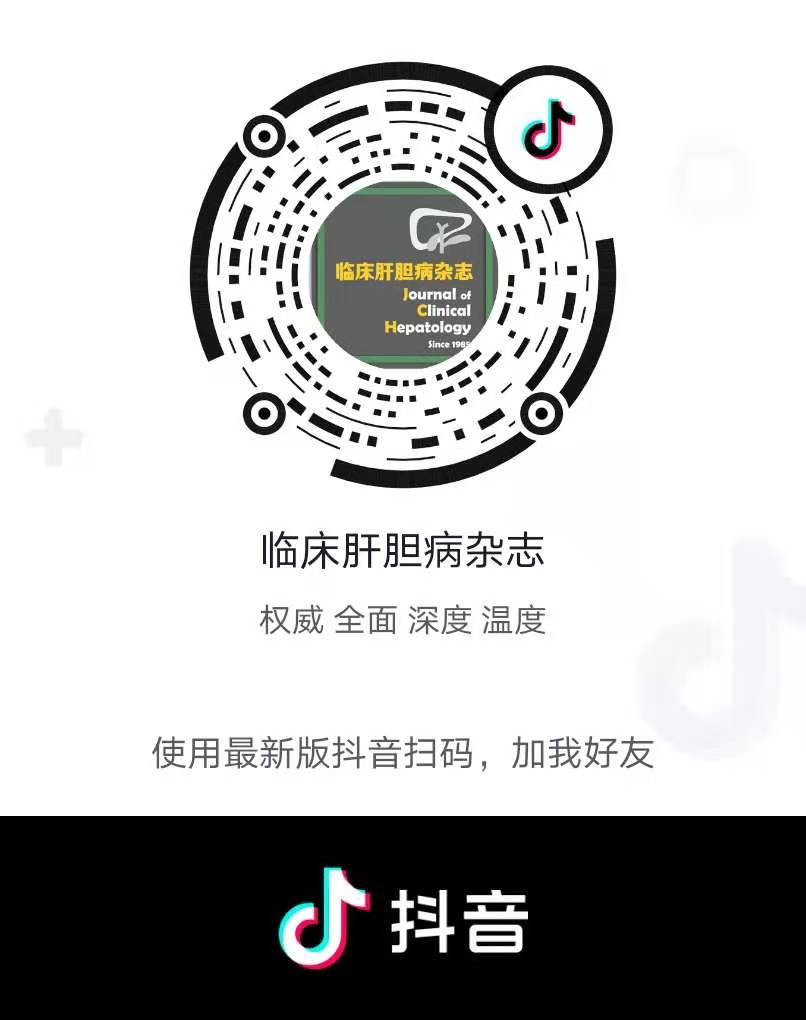Abstract:
Objective To investigate the clinical and prognostic features of acute alcoholic pancreatitis. Methods A total of 467 patients with incipient acute pancreatitis( AP) who were admitted to The Affiliated Hospital of Southwest Medical University from July 2013 to July2018 were enrolled as subjects,and among these patients,182 with alcoholic AP were enrolled as alcoholic group and 285 with biliary AP were enrolled as biliary group. The two groups were compared in terms of the clinical features such as age,sex,laboratory markers,disease grade,complications,and prognostic indices. The independent samples t-test was used for comparison of normally distributed continuous data between two groups,and the Mann-Whitney U test was used for comparison of non-normally distributed continuous data between two groups. The chi-square test or the Fisher's exact test was used for comparison of categorical data between two groups,and the Mann-Whitney U test was used for comparison of ranked data between two groups. Results Compared with the biliary group,the alcoholic group had significantly higher constituent ratio of male patients( 74. 2% vs 48. 1%,χ2= 31. 124,P < 0. 001) and proportion of patients with fatty liver disease( 34. 1% vs 24. 9%,χ2= 4. 569,P = 0. 033). The biliary group had a significantly higher proportion of patients with hypertension than the alcoholic group( 23. 5% vs 15. 4%,χ2= 4. 524,P = 0. 033). Compared with the biliary group,the alcoholic group had significantly higher levels of creatinine and triglyceride( Z =-4. 828,t = 7. 916,both P < 0. 001),proportion of patients with severe AP( 34. 6% vs 15. 1%,Z =-4. 787,P < 0. 001),and CTSI score( 4. 6 ± 1. 7 vs 4. 2 ± 1. 5,t = 2. 672,P = 0. 008). Compared with the biliary group,the alcoholic group had significantly higher probabilities of acute peripancreatic fluid accumulation( 61. 0% vs 49. 8%,χ2=5. 045,P < 0. 05),pancreatic pseudocyst( 11. 5% vs 4. 2%,χ2= 8. 881,P < 0. 05),infectious pancreatic necrosis( 37. 9% vs 19. 6%,χ2= 18. 899,P < 0. 05),and renal failure( 19. 2% vs 8. 4%,χ2= 11. 758,P < 0. 05). Compared with the biliary group,the alcoholic group had significantly longer time to intestinal function recovery,time to relief of abdominal pain,and length of hospital stay( t =-4. 078,-3. 357,and-2. 527,all P < 0. 05). There was a significant difference in mortality rate between the alcoholic group and the biliary group( 7. 1% vs 3. 2%,χ2= 3. 929,P = 0. 047). Conclusion Compared with the biliary group,the alcoholic group has a higher risk of complications,worse clinical manifestations,and a higher mortality rate. Therefore,alcohol abstinence education should be performed for this population,especially men,in order to reduce adverse outcomes.

 Abstract
Abstract PDF (2106KB)
PDF (2106KB)




























